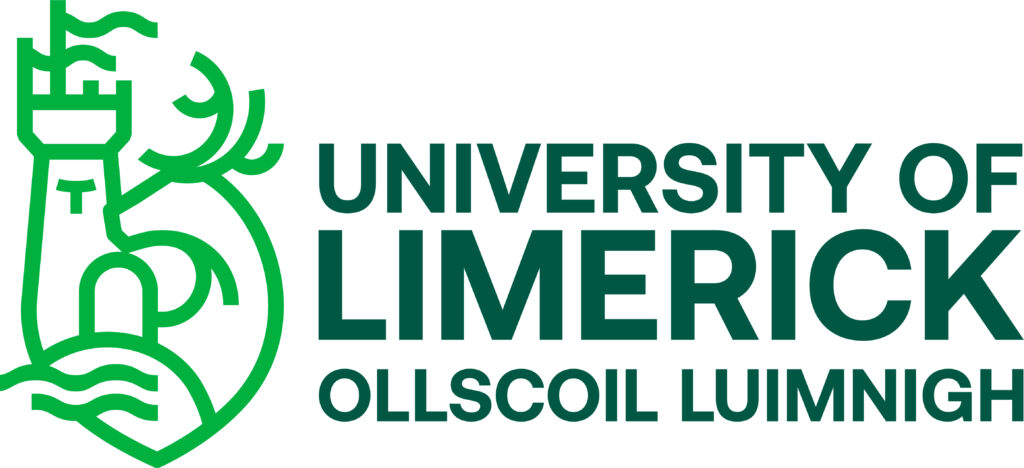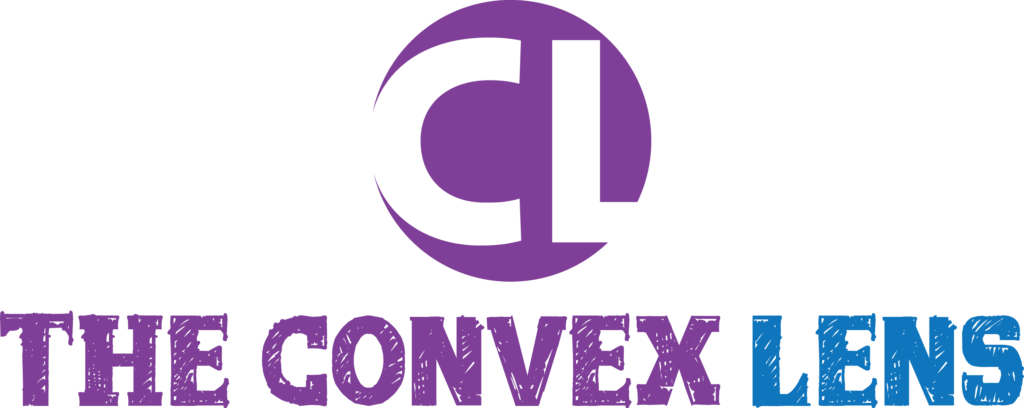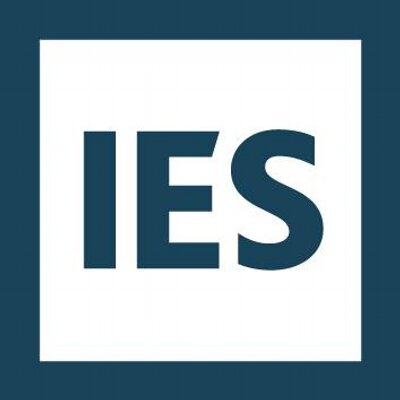The Smart Building Living Lab (SMARTLAB) project will install wireless sensor technology in 50 to 100 buildings in the Limerick Decarbonisation Zone and examine, on one hand, financial and technical barriers to the deployment of smart technologies, and on the other the opportunities that could arise from the adoption of the frameworks such as the EU Smart Readiness Indicator that would enable the uptake of smart technologies and services in buildings across Ireland.
The project will create a framework for upgrading existing buildings to be smart using DIY toolkits and off-the-shelf components, identify the city-scale infrastructure that could be deployed to reduce the costs for building owners investing in their smart readiness, and methods to encourage uptake of the Smart Readiness Indicator (SRI) and associated smart services (energy and non-energy) that will empower smart energy citizens.
SMARTLAB represents a unique opportunity to evaluate the technical and financial challenges and benefits of increased smart readiness for a broad range of construction methods, use cases, and use patterns and its communication using the Smart Readiness Indicator methodology. SMARTLAB adoption of a Living Lab approach will allow real impacts to be measured and quantified directly with citizens and stakeholders.
The work once evaluated can directly inform policy (top-down) and the experiences of others (bottom-up) as well as validate the impact of the solution in a real-world environment over a 12–18-month period and ensure the long-term viability of the solution through co-creation with end users, stakeholders, and project partners.
The Smart Readiness Indicator (SRI)
The EU SRI rates and communicates the smart readiness of buildings. Developed through assessing the potential of a building or building unit to adapt its operation to the needs of occupants and of the smart electricity grid, it is intended to improve a building’s energy efficiency and performance in use. The SRI focuses on three areas: building energy performance and operation; response to the needs of building occupants; and energy flexibility, including the ability to participate in demand response. Demand response describes where, in order to balance the energy grid, energy users adjust their energy demand to match the available energy supply.






